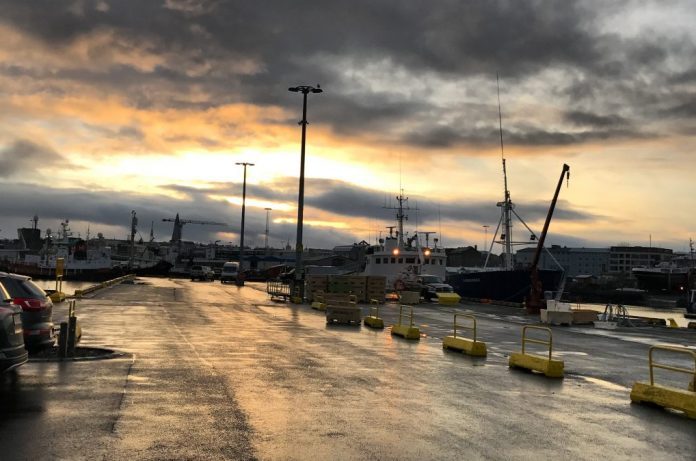The Icelandic Institute of Marine Research now recommend an increase the amount of salmon to be allowed harvested in the fjords. The escalation could result in an increase in harvest, which potentially could make Icelandic production greater than on the Faeroe Islands.
The institute has revised the risk assessment report on natural resources of Iceland and found that it is possible to expand salmon production with 20% from 71.000 MT salmon to 106.500 MT a year.
“This is very positive for the Icelandic salmon industry and can make the Icelandic production and position much stronger. This could potentially mean, that the Icelandic production can be bigger than the on the Faeroe Islands,” says specialist adviser at INAQ consultancy Fridrik Sigurdsson to SalmonBusiness.
He also states that a lot of logistic measurements have to be made for the increased production to take place.
“The infrastructure on Iceland is challenged, when it comes to roads and possibilities for delivering and packing fish, especially during the two months of winter where the weather is tricky. But the conditions are here to make it possible, but investments must be made to make reality,” he says.
The chairman at Arnarlax, Kjartan Olafsson is also enthusiastic about the new report:
“This means a whole increase in the Icelandic industry. This is big news for us,” he says.
The biggest farmers most of them with Norwegian owners on Iceland have for a long time advocated for an increase. Here counting Salmar in Arnarlax, NRS in Arctic Fish, Måsøval in Laxar, Midt Norsk Havbruk in Fiskeldi Austfjarda (IceFish).
The institute has furthermore said it is likely to expand by setting out sterile smolts like triploid or big smolt (<400), an increase of the existing recommendations by 10 %.
Fridrik Sigurdsson calculates it will take around three years before the different companies can implement the changes, and thereafter it will take between 5-10 years to see the increase in salmon.
According to Sigurdsson the most positive development is that new areas have opened up for producing and harvesting, on top of the increasement of the existing harvesting areas. 12.000 MT will be allowed on the North of the West Coast, Isafjardardjup, 12.000 MT in Faskrudsfjørdur and 6.500 MT in Seydisfjørdur, which are both located on the East Coast.

